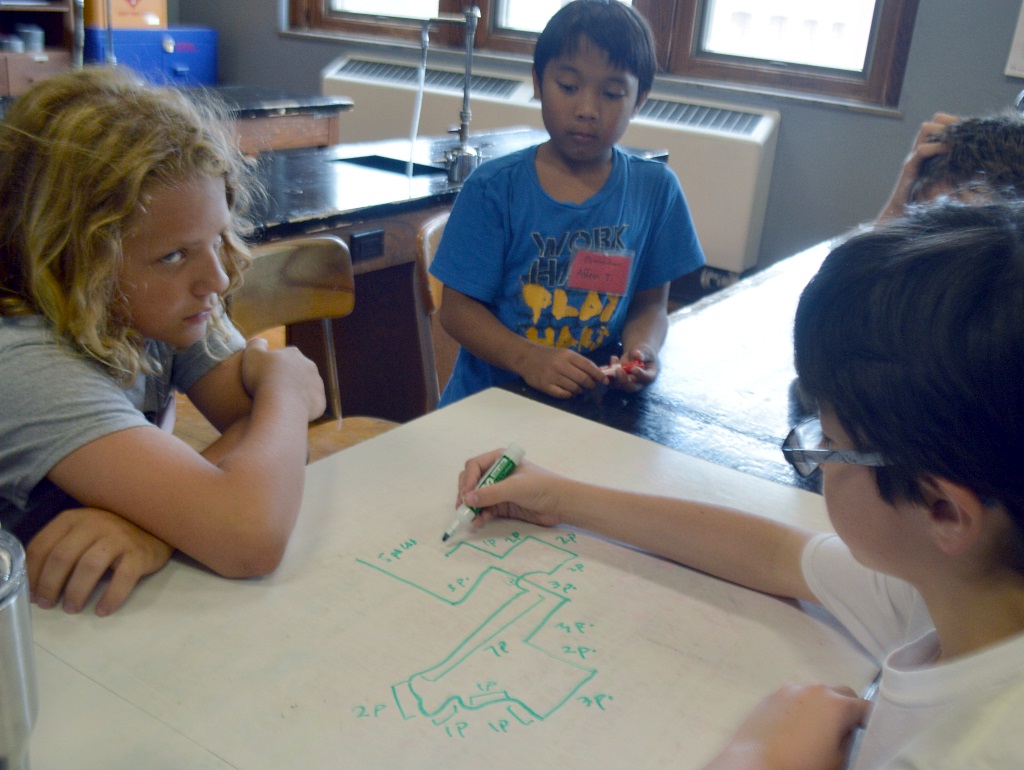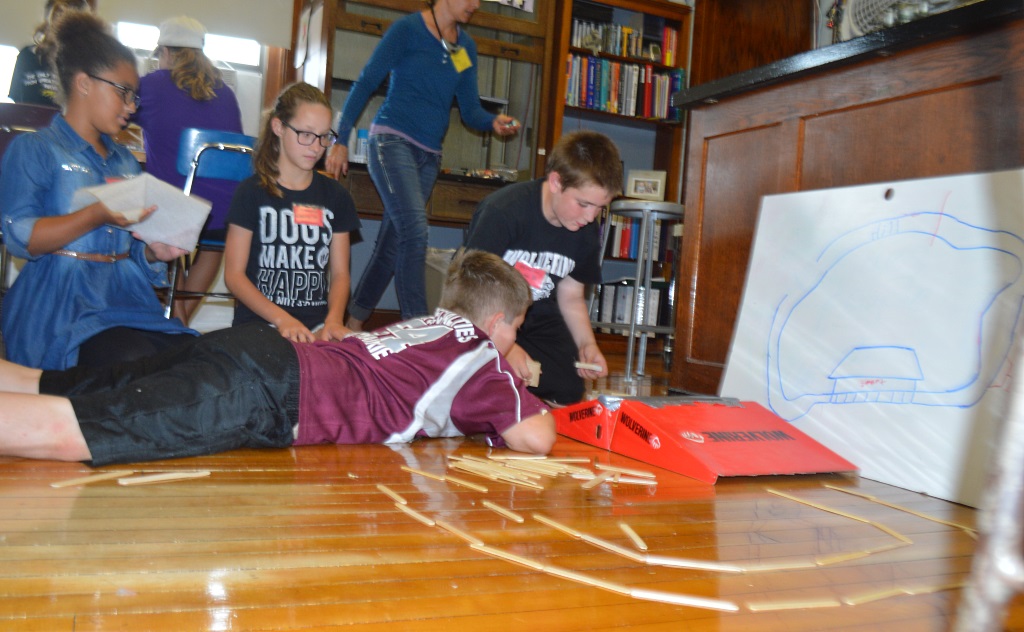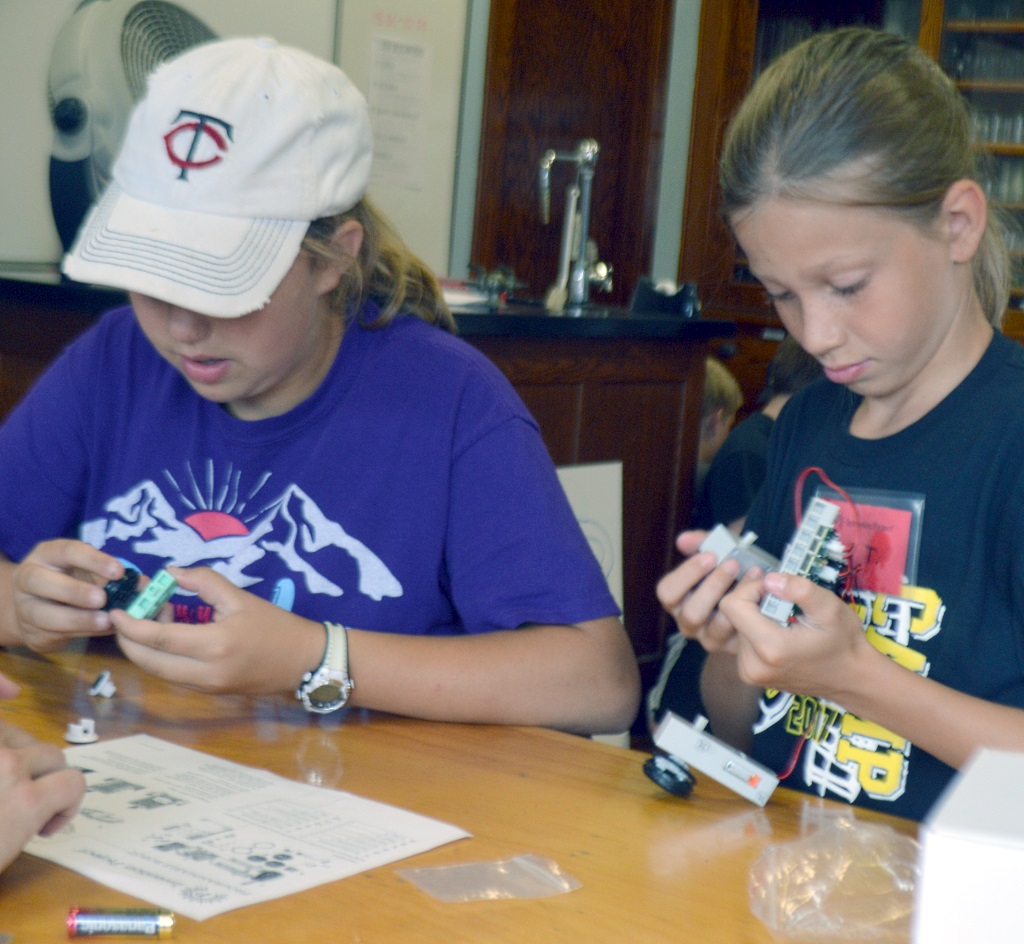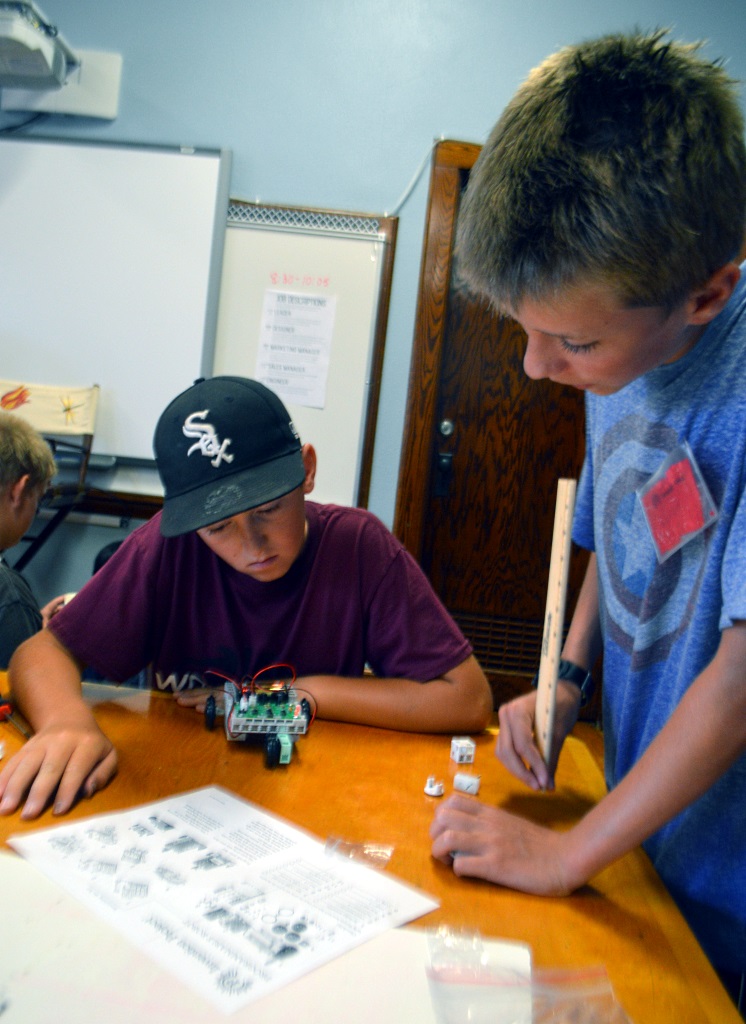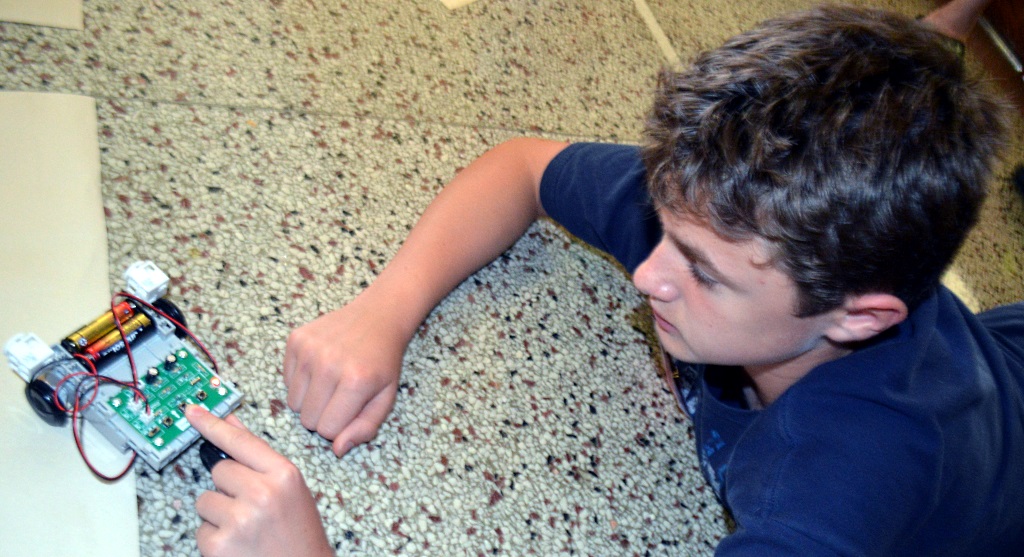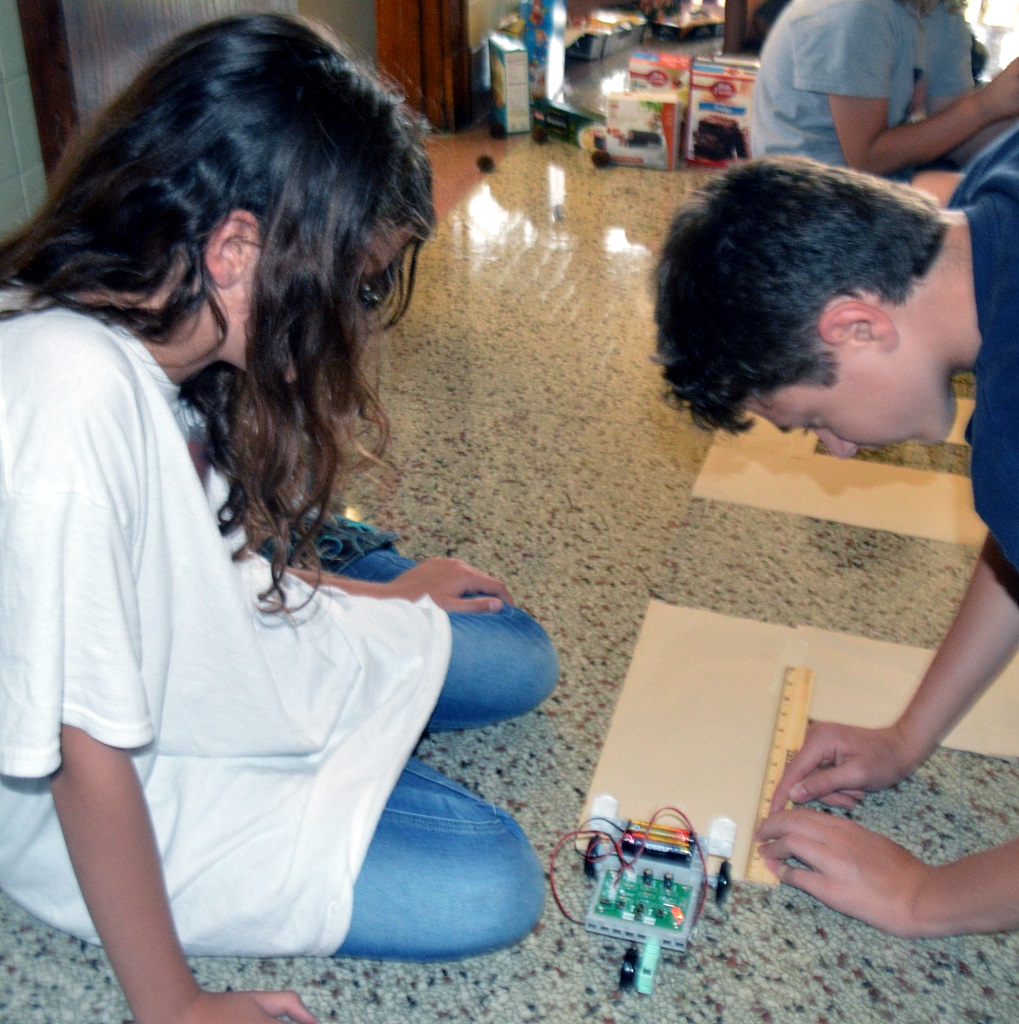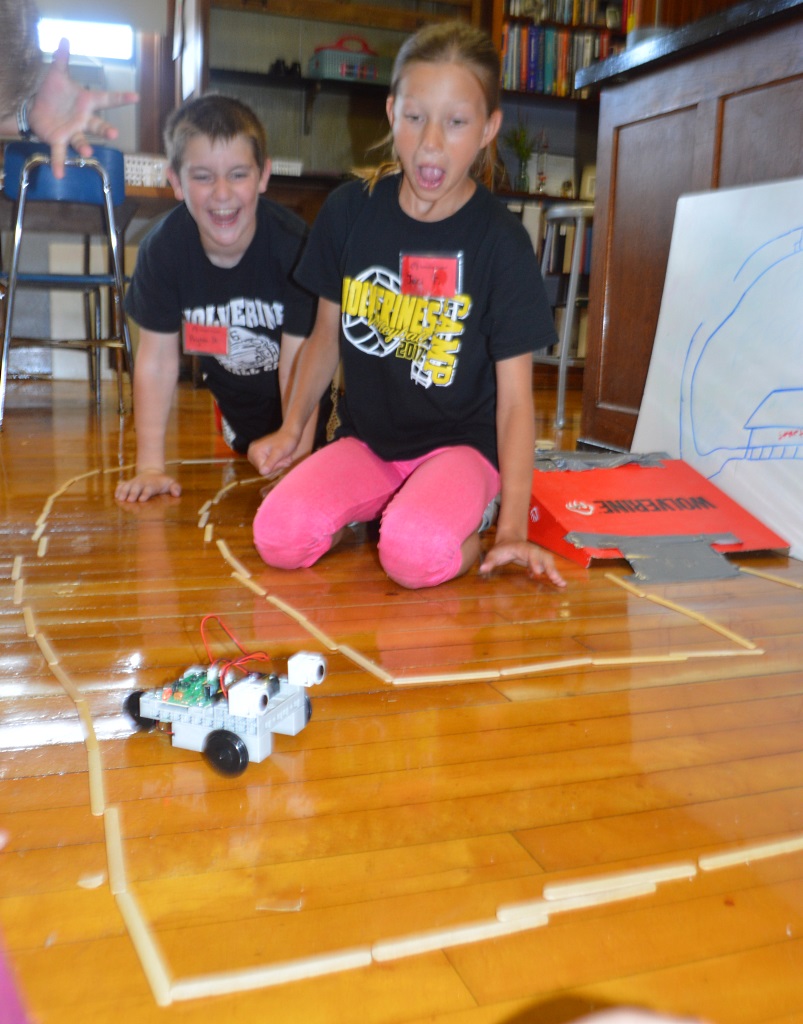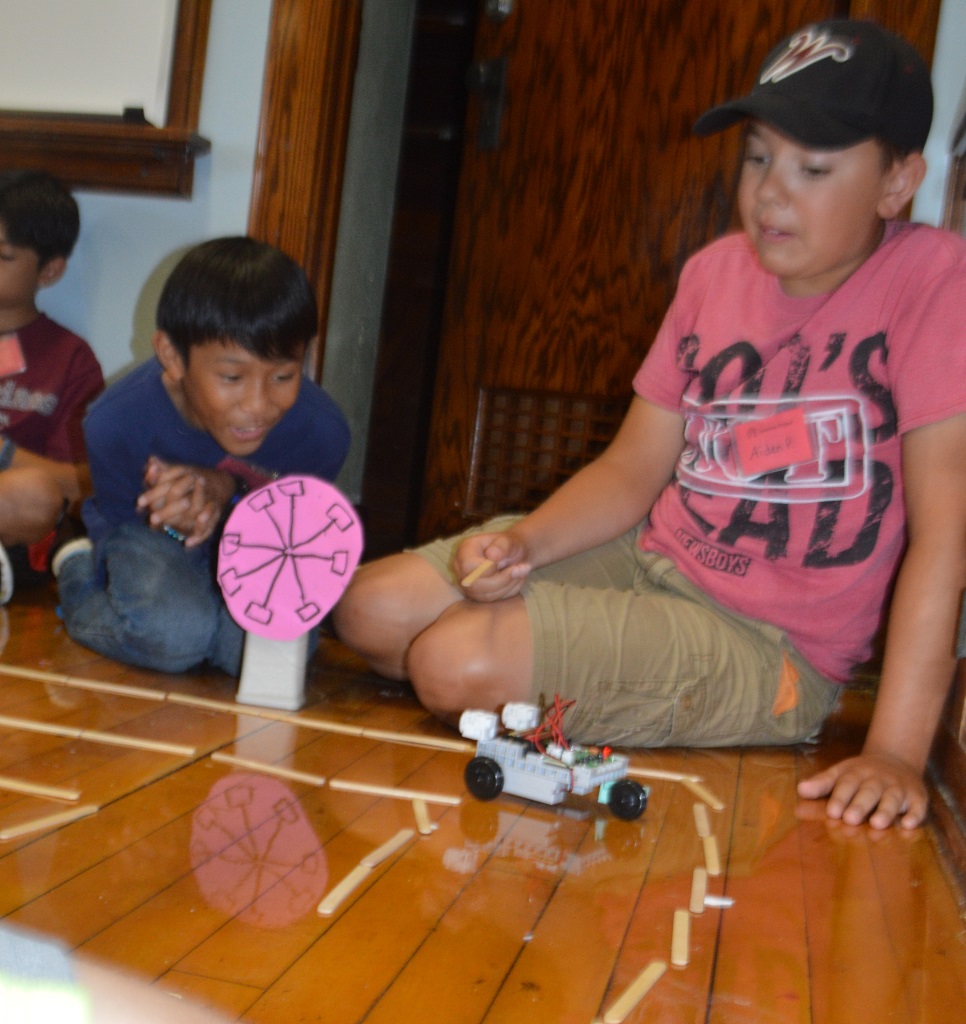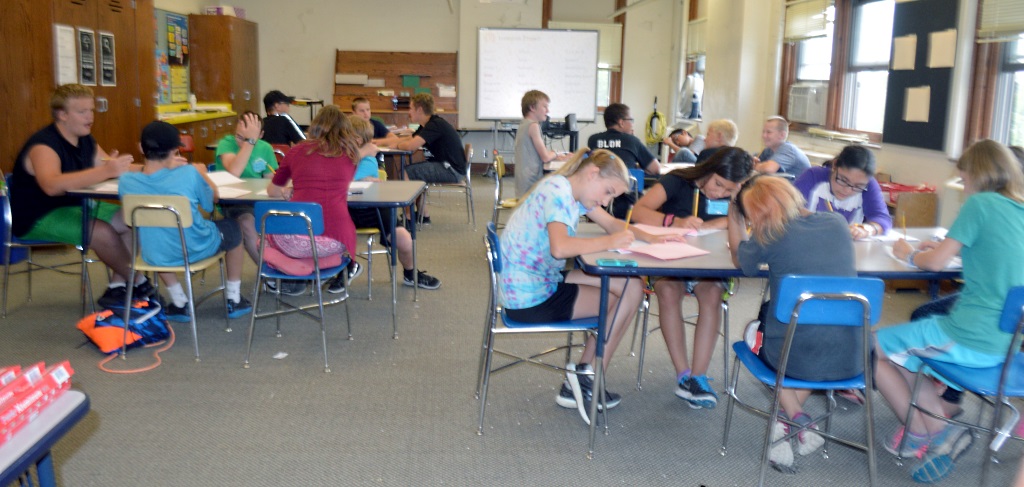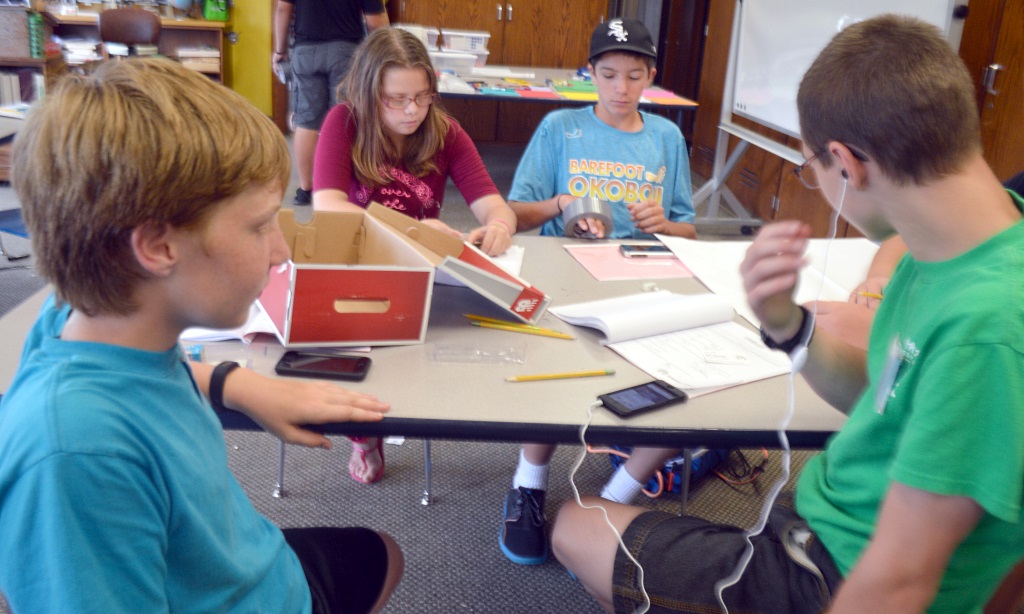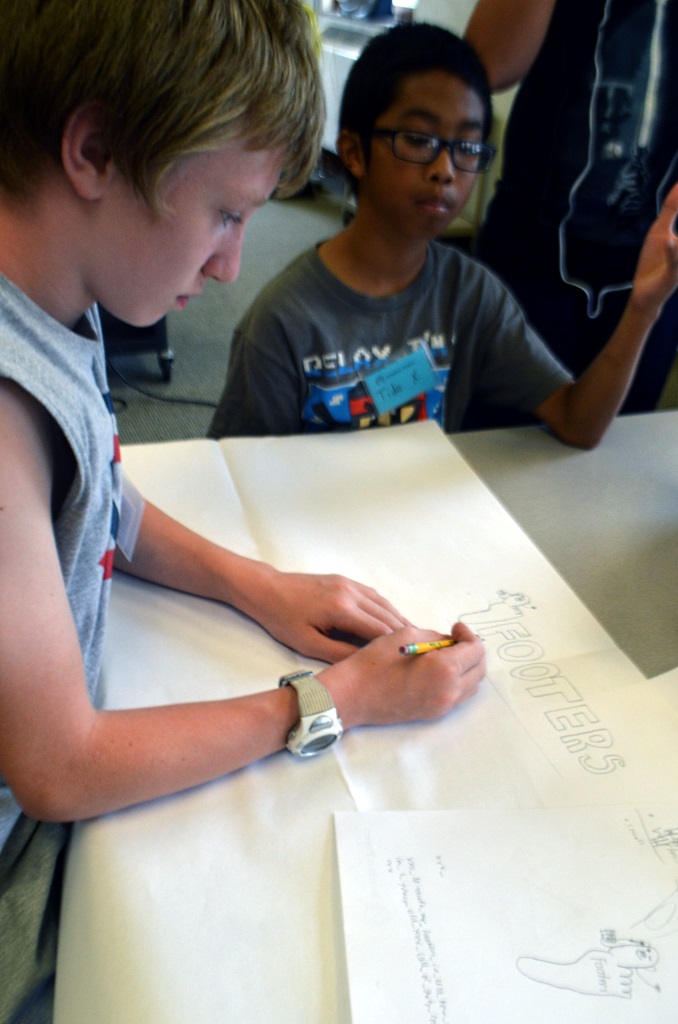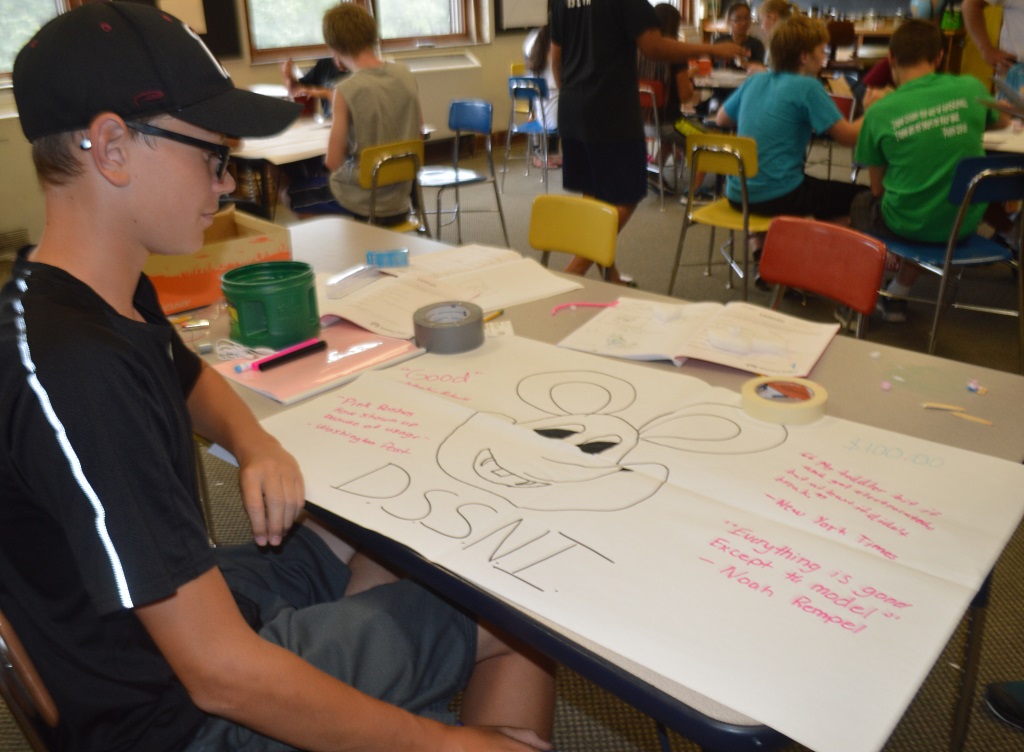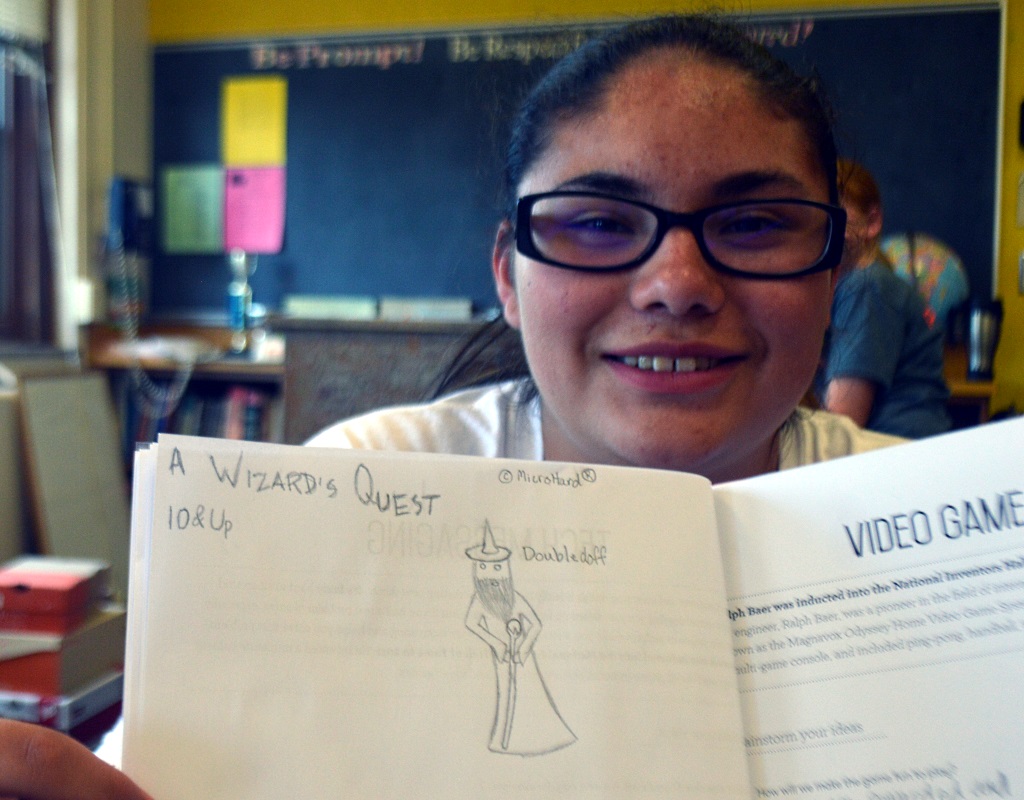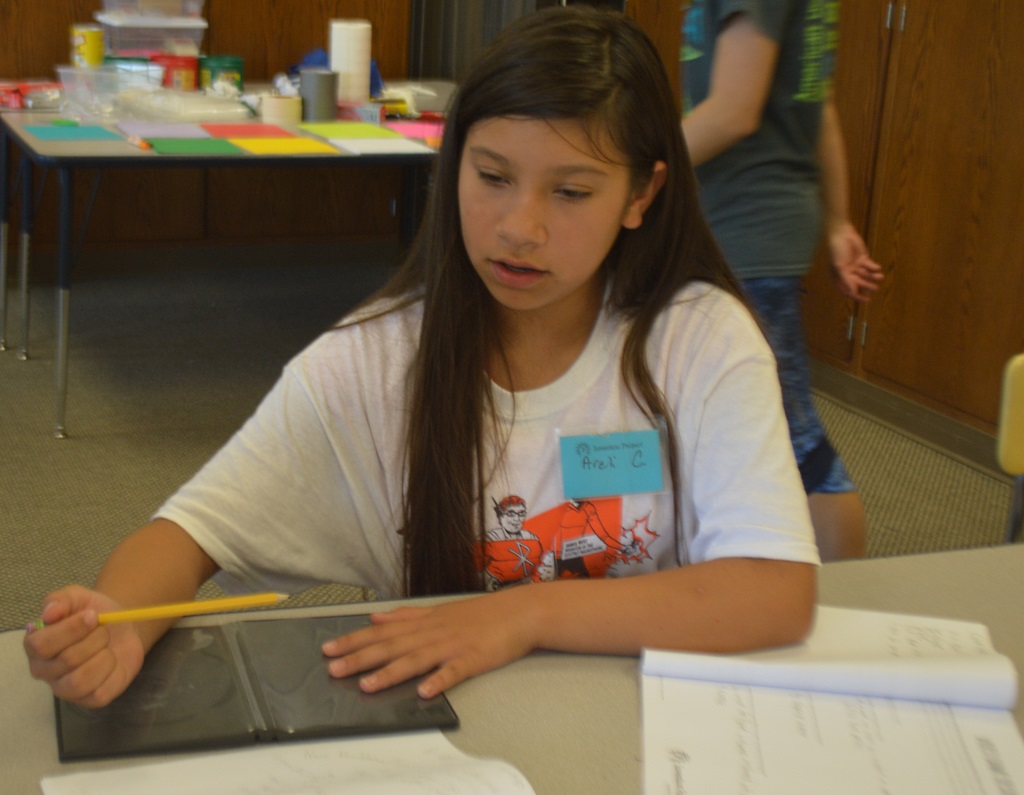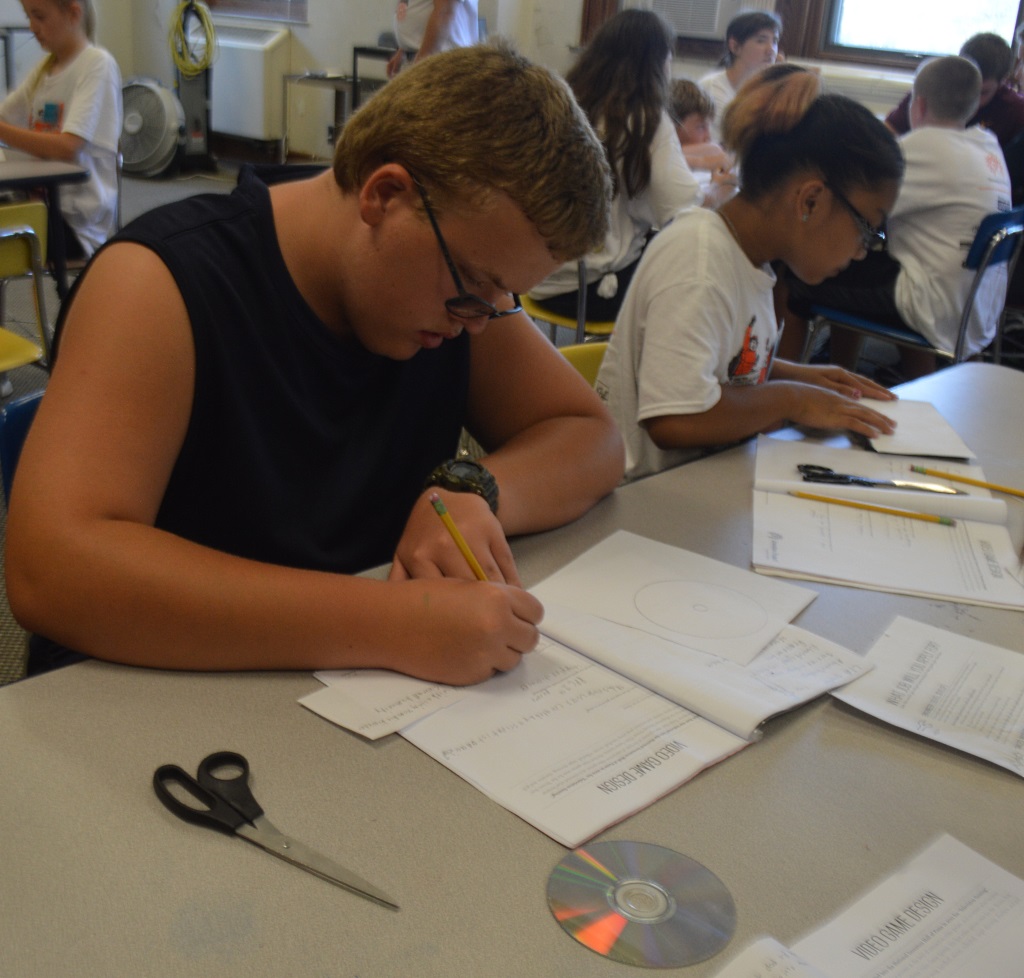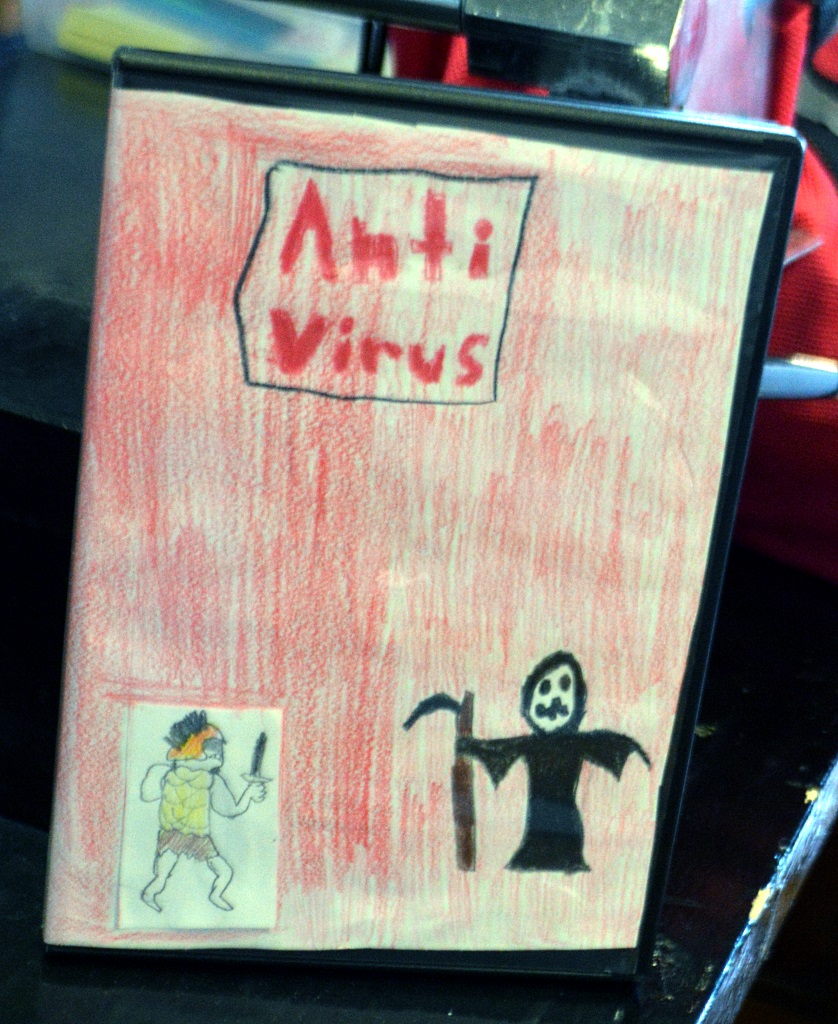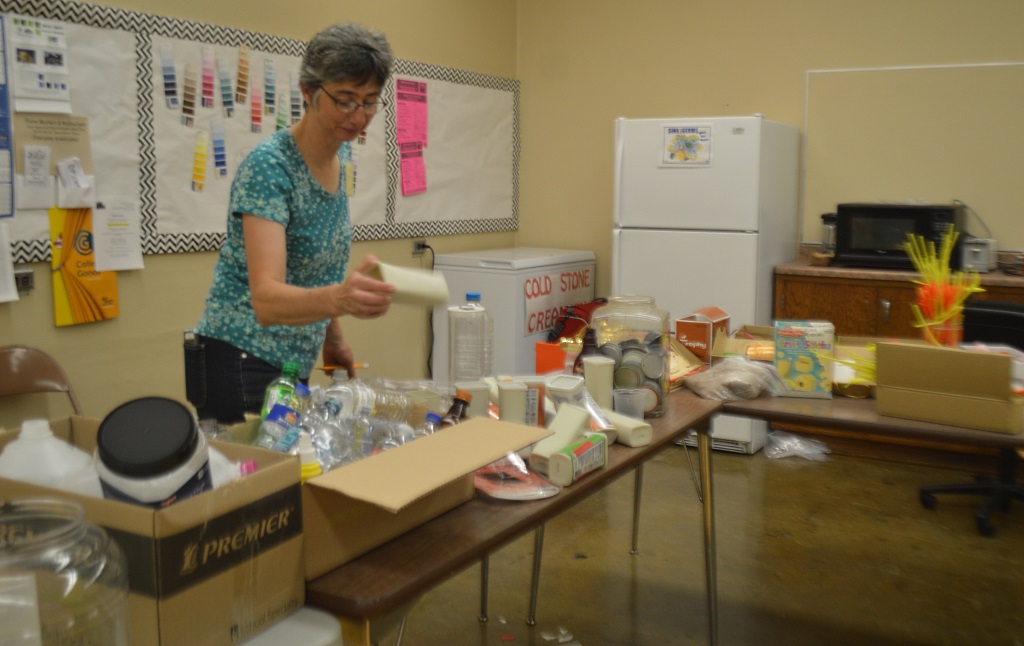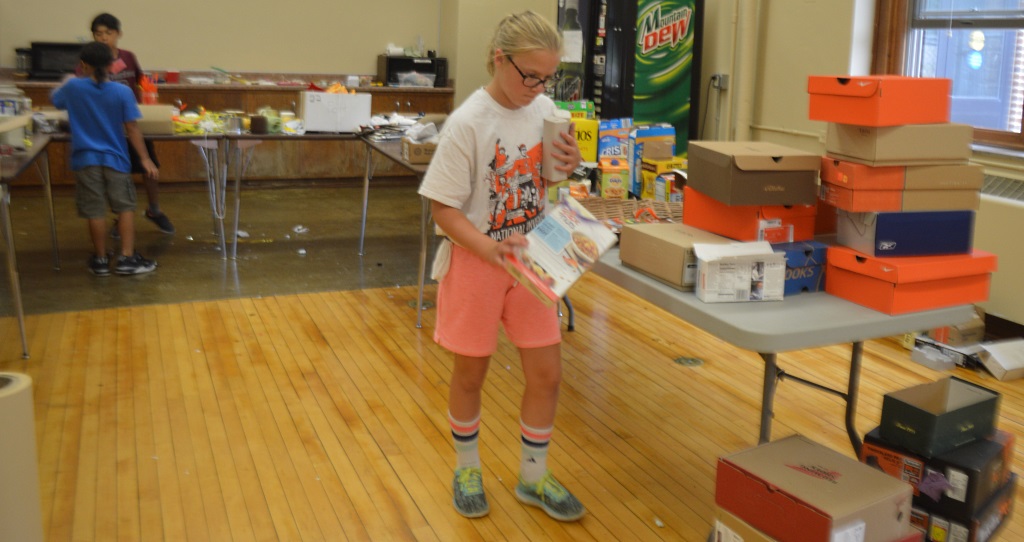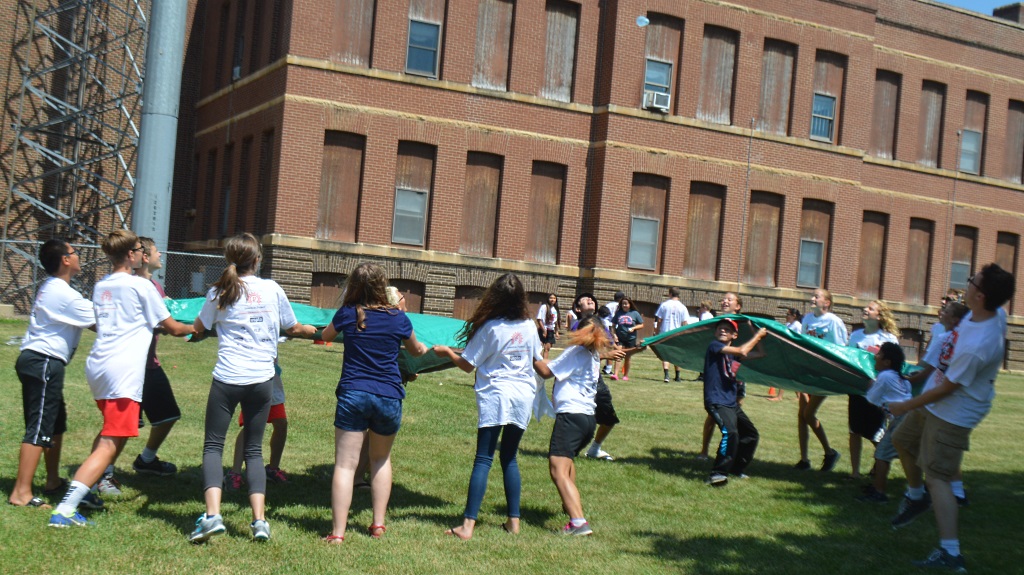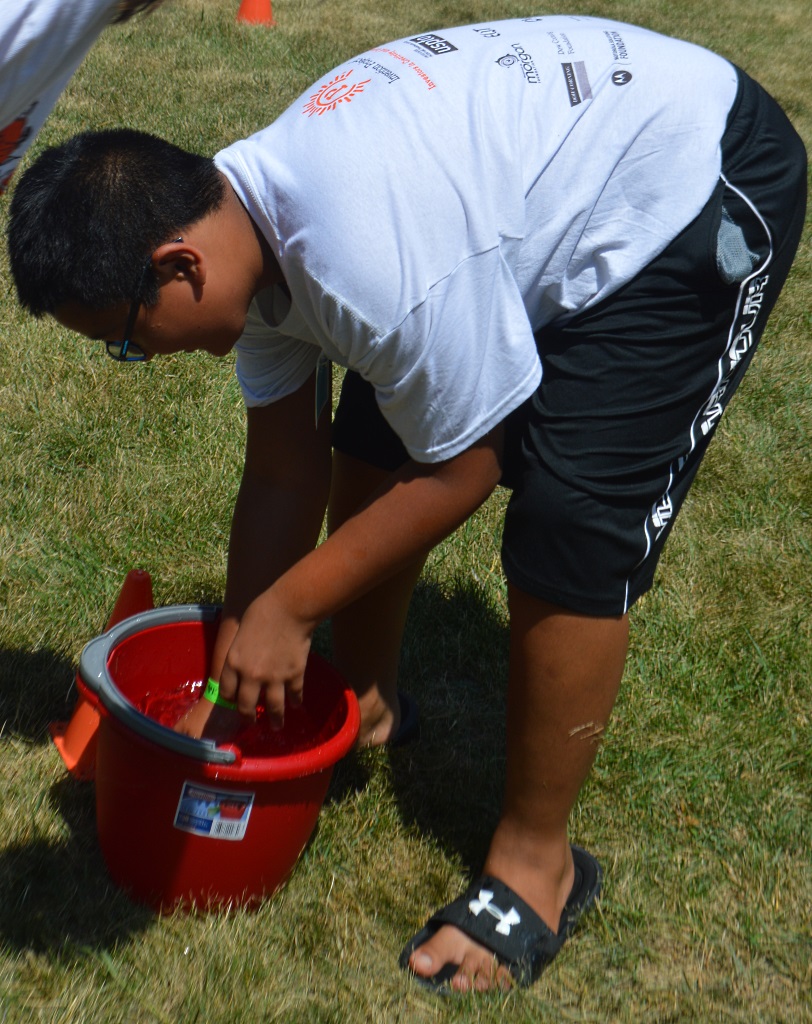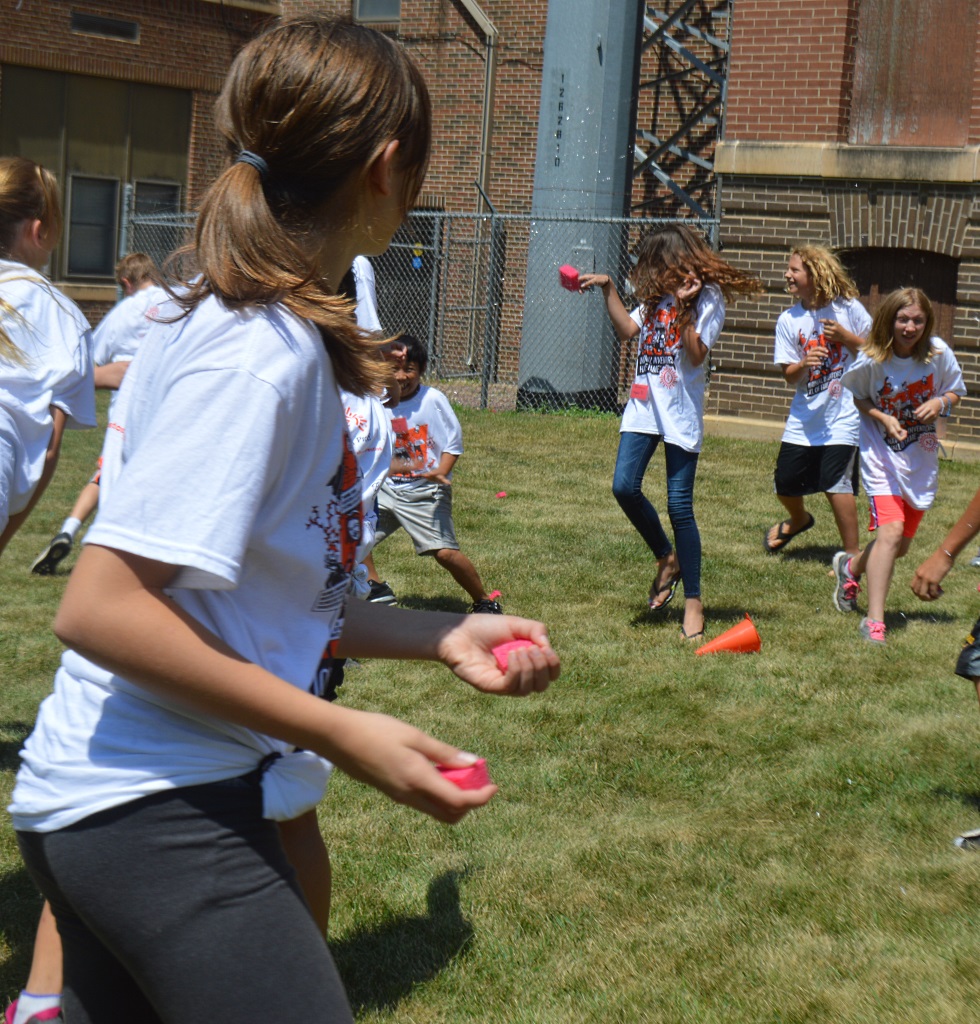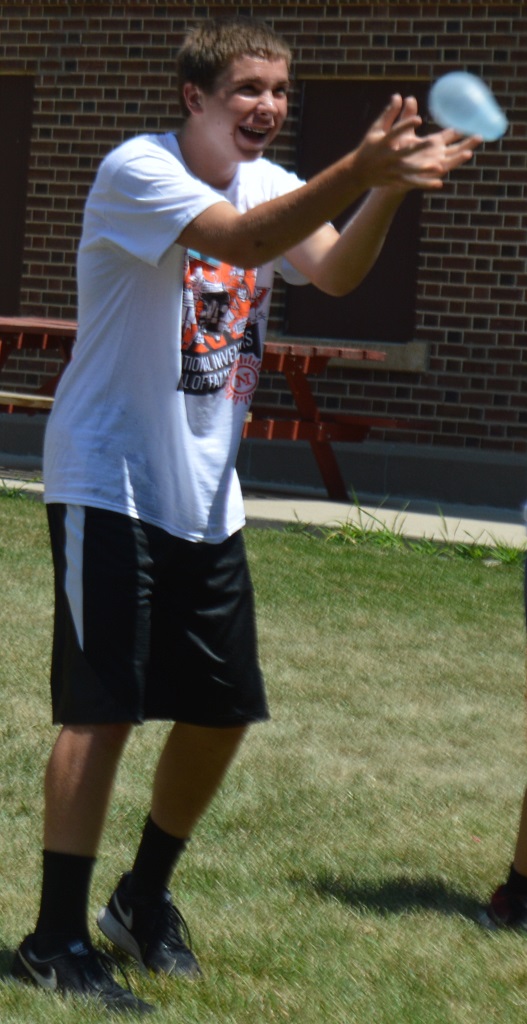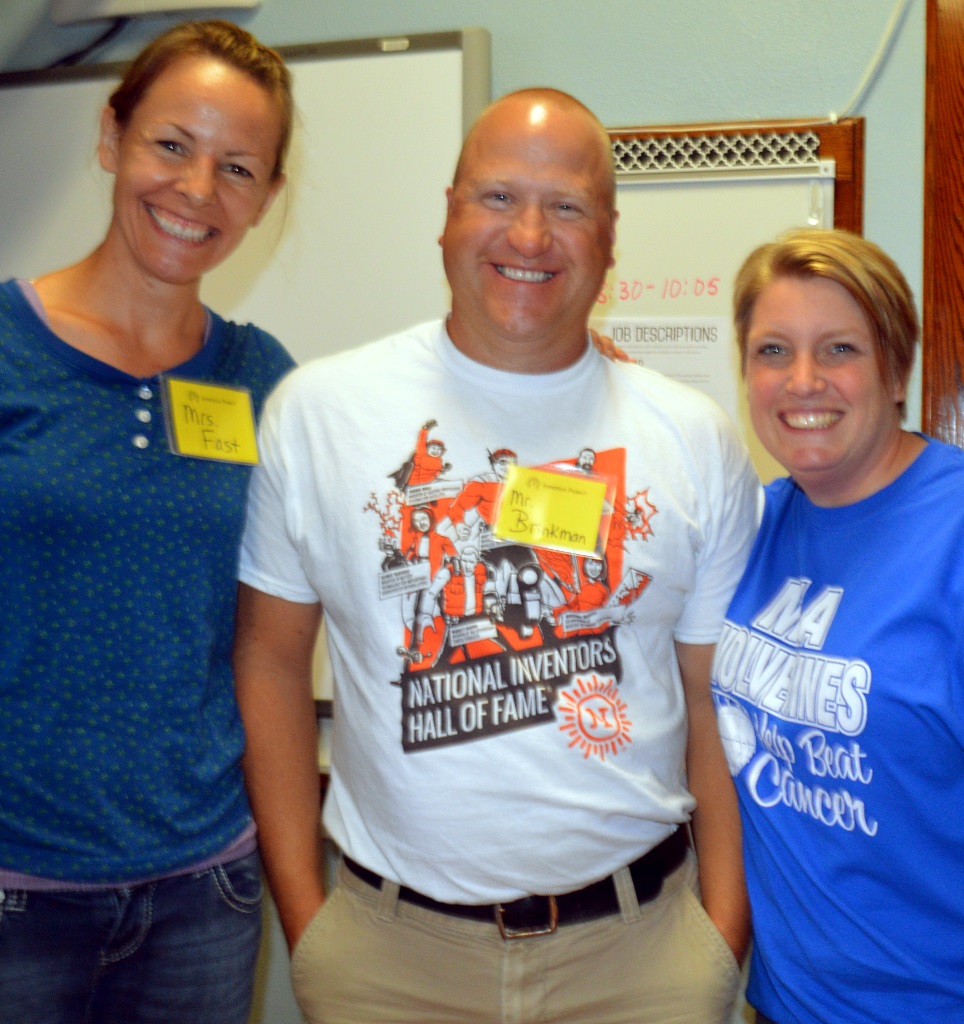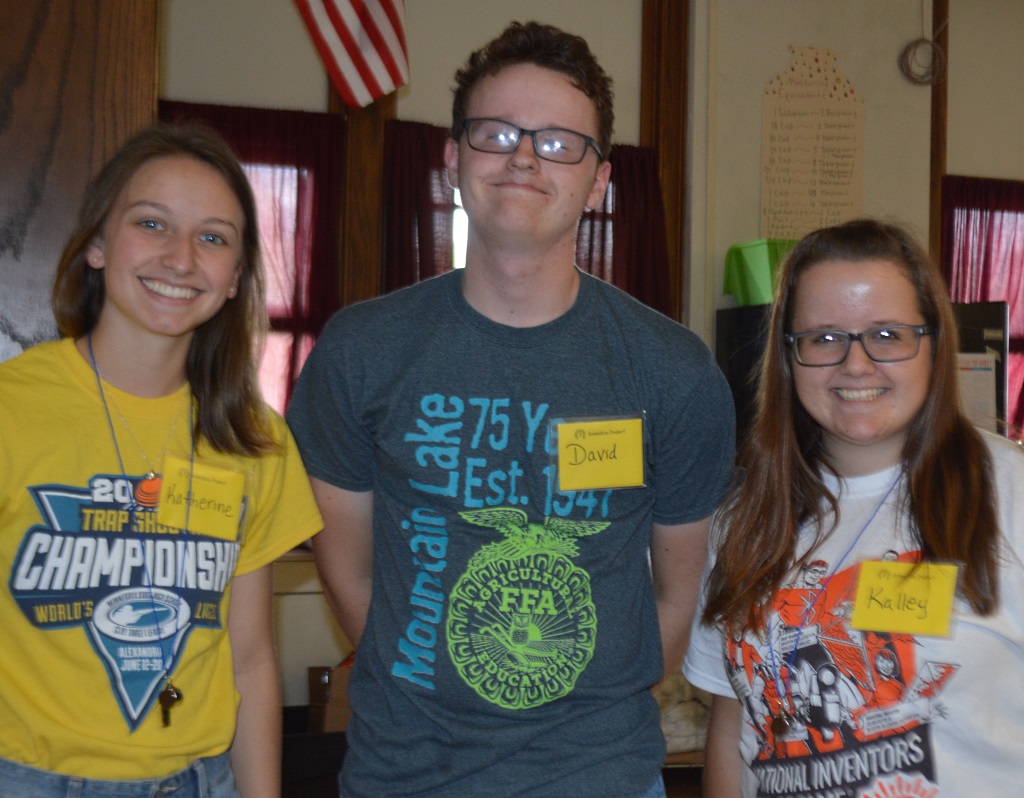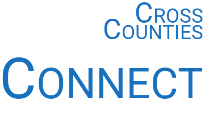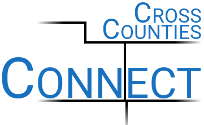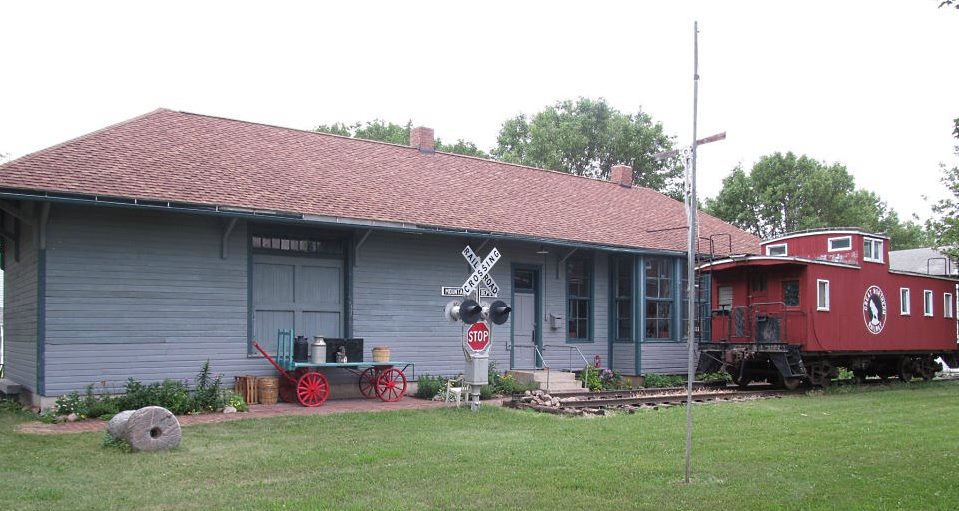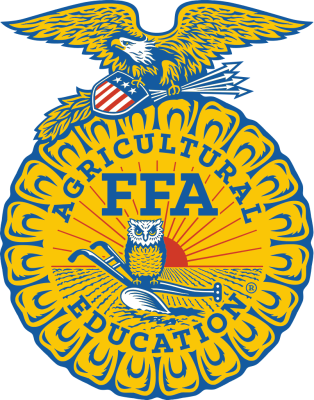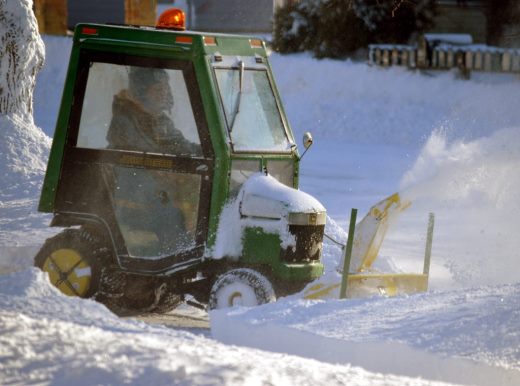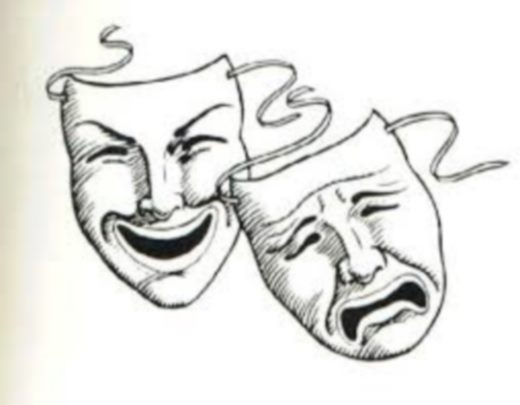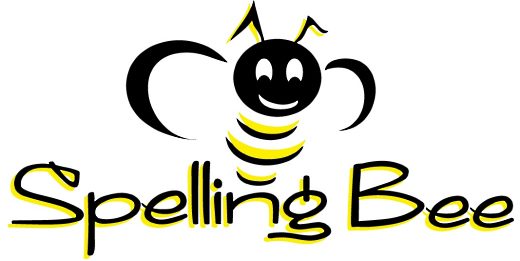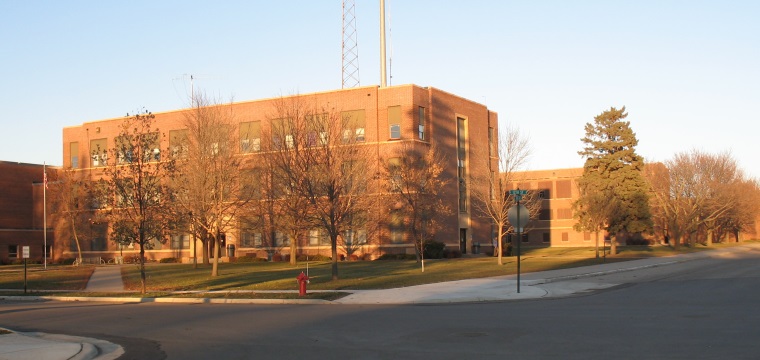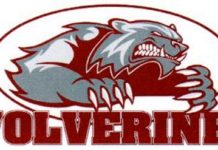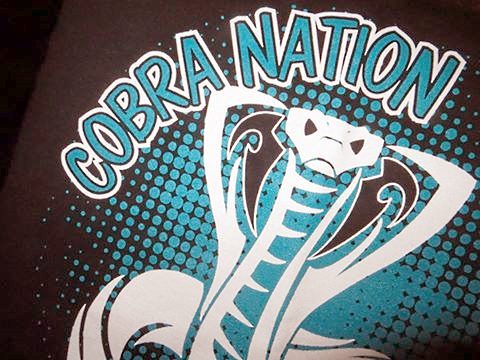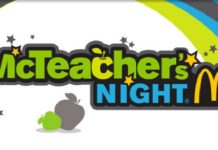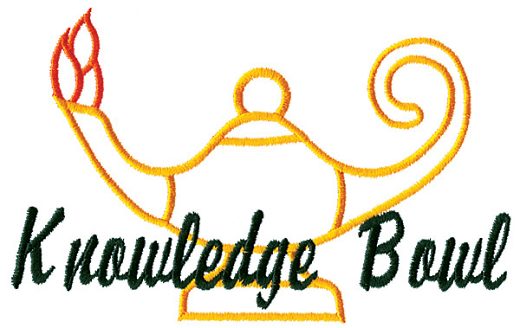Four components that were focus of young innovators during Invention Project

Brainstorm. Build.
Design. Sell.
 Four components of creative product innovation experienced during this past week’s Invention Project, held Monday, July 10 through Thursday, July 13, at Mountain Lake Public School (MLPS).
Four components of creative product innovation experienced during this past week’s Invention Project, held Monday, July 10 through Thursday, July 13, at Mountain Lake Public School (MLPS).
Students-turned-innovators from MLPS and Mountain Lake Christian – the next generation – were empowered over the course of the days to explore the passion and pride behind turning ideas into inventions, and bringing inventions to market as entrepreneurs. The innovators were pulled from the two school’s middle school grades of 6-9, divided into two different groups and rotated through the three varied modules offered each day of the camp.
They explored the edges of innovation and imagined the possibilities through dreaming, designing, engineering and making. The participants teamed up to handle the hands-on challenges of creating new, original inventions, balancing STEM (science, technology, engineering and mathematics) with the principles of business, such as rapid prototyping, market research, shipping and profit.
The young innovators made their way through each day from “We’re trying! We’re trying” – to “We did it!”
 The complete invention life cycle hails from a program written by the National Inventors Hall of Fame, and was led by Mountain Lake Public School teachers Jaime Banks and Jayme Fast of the high school’s science department and Nathan Brinkman, fifth-grade elementary instructor. They were assisted by spring 2017 Mountain Lake Public High School (MLHS) graduates Victoria Hofmann and Kalley Rempel, along with David Hall, who will be a MLHS senior this school year.
The complete invention life cycle hails from a program written by the National Inventors Hall of Fame, and was led by Mountain Lake Public School teachers Jaime Banks and Jayme Fast of the high school’s science department and Nathan Brinkman, fifth-grade elementary instructor. They were assisted by spring 2017 Mountain Lake Public High School (MLHS) graduates Victoria Hofmann and Kalley Rempel, along with David Hall, who will be a MLHS senior this school year.
During the two morning modules, with brainstorm and build the main focus, the innovators heard their first two challenges of the day and then brainstormed in teams to come up with as many ideas as possible to solve the challenge.
Once they decided on an idea, they got to work building their inventions using special materials that were provided – as well as recyclables from the “Inventor Supply Room.” Some of the donated recyclables that were “upcycled” into prototypes included beads, buttons, fabric and craft supplies; boxes of all sizes; bubble wrap; foam trays; paper towel tubes; containers with lids; game parts; miscellaneous paper; strainers; washers; pulleys; string and springs.
Following noon lunch, a third module dealt with design and sell. Teams jumped back into invention mode, but this time, they received a totally new challenge. Beyond taking their challenge into design, the innovators also had to figure out how to take their inventions to the next level using marketing and entrepreneurship skills.
During the modules, the innovators delved into a few careers that gave them an understanding of the types of jobs that might be available to them in the future:
- The Leader managed the team and the project. This person made sure everyone was being listened to and worked together, resolving conflicts between departments if necessary.
- The Designer worked with the Engineer to make sure that the project was the best it could be. While taking into consideration of the people who would be using the product, the Designer made sure the product and packaging looked good and represented the product artistically and functionally in the best possible way.
- The Marketing Manager created the print ads and worked with the designer and engineer the best features of the product to highlight. They designed advertisement that would make people want to purchase the product.
- The Sales Manager prepared a sales pitch and worked with the marketing manager, designer and engineer to sell and represent the product.
- The Engineer did most of the building and troubleshooting – and was the expert on the function(s) of the invention. He or she had to listen to the needs of the Sales Manager, as well as work well with the Designer.
There were 60 different Invention Project sessions available, and the local educators chose 12, covering all the areas in which innovators sketch, incubate, prototype, test and refine.
Those 12 module sessions included:
- In Transit – Designed a prototype of an ultimate personal transportation device, easing the move from Classroom A to Classroom B – but as a unit small enough to fit inside a school locker.
- Extreme Shoe – Design of a prototype for the next all-star athletic shoe.
- Tech Messaging – Used adaptive innovation to evolve text messaging into a new kind of interactive communication technology.
- Mod My Sunglasses – Adapted a pair of sunglasses to provide the wearer with the world’s next best selling accessory geared to make life easier and better.
- Move It – Focused on all four STEM areas by designing and building kinetic (moving) sculpture and created chain reactions using gears, motors, pulleys and more.
- Video Game Design – Designed a new video game that promotes health and wellness.
- On the Circuit – Amped up the innovators’ worlds and styles by harnessing the power of circuits, with the end result prototypes of wearable tech, locker lights and circuit designs on paper with limitless possibilities.
- Innovate – Designed and invented a product prototype from scratch).
- Mini-Bot – Explored the basics of circuitry and counterbalance while designing and challenging their own meta-powered creatures.
- Programmable Bot – Merged robotics, networking and business and how those different roles interact while working together to build and program robots, design and create paths for the robots and design unique product branding.
- Ear Buds – Used customer feedback to redesign the ear bud.
- Next Media – Designed and prototyped tomorrow’s media experiences by pushing the limits of imagination and innovation.
In addition to the invention cycle sessions, two additional components – Hangout and M.O.V.E. – were also used.
Hangout included small group activities at the beginning and end of each day. These components fostered relationship-building among the students with brainstorming, designing and teamwork, as well as encouraging physical activity for a health lifestyle.
M.O.V.E., held following noon lunch, consisted of games with a purpose related to creativity. Participants got moving with invention-themed games, using their minds, hands, feet – and a little imagination to race across the “ocean” by stepping on “boats,” dodge water balloons and strategize tactics with teammates.
The innovators got each day going with breakfast and fueled up with noon lunch from Taher Inc., the school’s lunch program provider. Each summer, MLPS participates in the Summer Food Service Program established by the United States Department of Agriculture (USDA), offering free breakfast and lunch during the summer to children ages 18 and younger.
Investors in the creativity and invention
On board nationally with the Invention Project were the National Inventors Hall of Fame Endowment Children’s Education Fund, United States Patent and Trademark Office, Dow Corning Foundation, Ball, aps foundation, EQT, Burton D. Morgan Foundation and Motorola Solutions Foundation.
Locally, a Remick Foundation Grant supported the presentation of the program and a Mountain Lake Area Foundation Grant alleviated the bulk of the camp’s enrollment fee for the young innovators. Mountain Lake Public School offered the space available for all components of the Invention Project, along with the assistance of the custodial staff.
Photo gallery of the innovators in action
